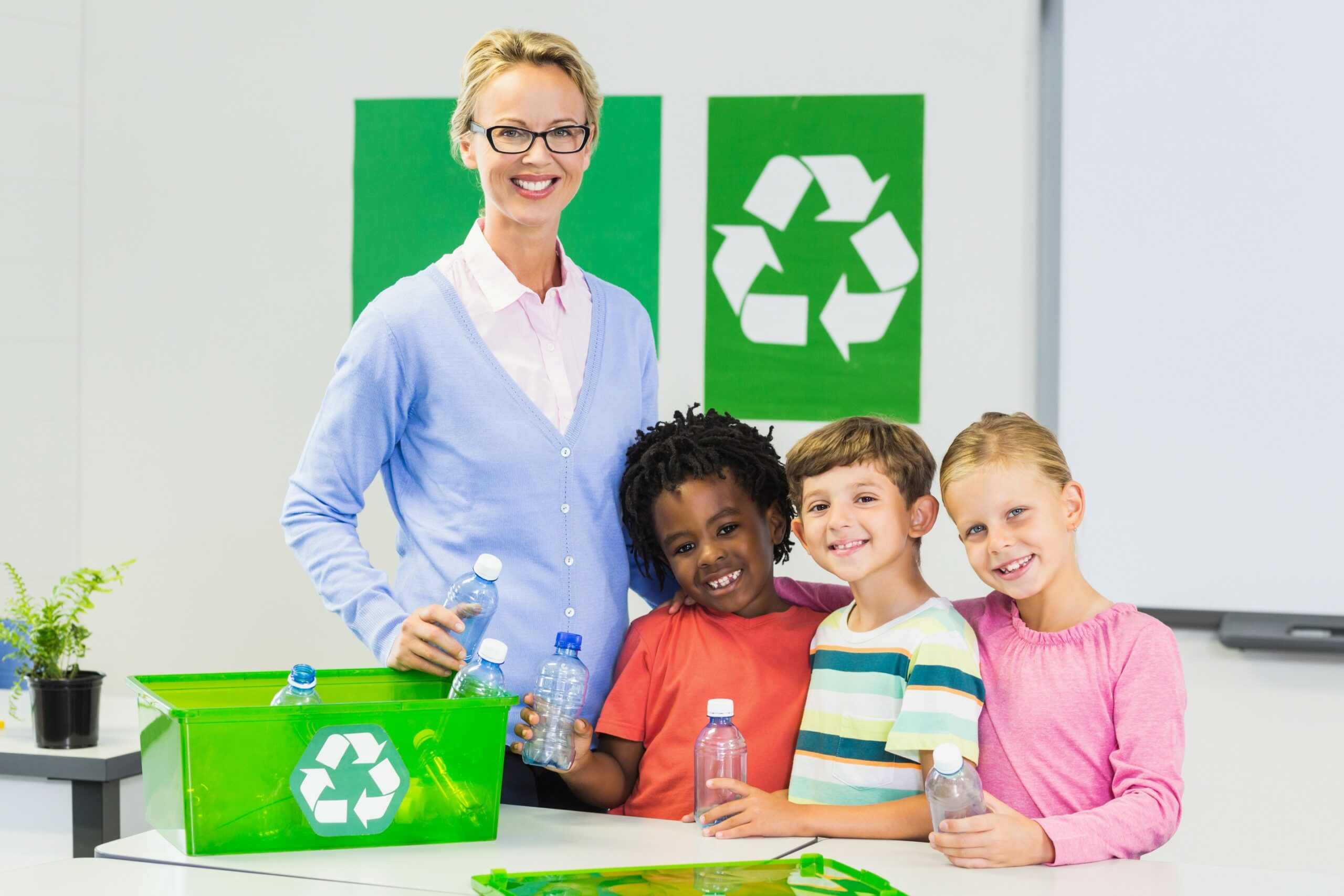How to Make Your Back-To-School Shopping List Environmentally Friendly

September is here, and with it come the throngs of parents and children who make their annual pilgrimage to the mall. But before you go, you can do a few things to make this year’s back-to-school shopping better for the environment.
The back-to-school season may be pricey, whether you have one child in school or several. The cost of new lunch boxes, clothing, backpacks, school supplies, etc., is sometimes greater than what most parents can afford. Nevertheless, the widespread use and consumption of frequently disposable, single-use plastic goods that end up in landfills significantly negatively impact the environment. Therefore, you require a green back-to-school manual.
1. Find Eco-Friendly Materials for Clothing, Shoes, And Other Products
Read More »Even though you’ve done an inventory of your possessions, your kid still requires some school supplies. Whenever possible, choose school supplies that come in little packaging, are created from recyclable materials and are long-lasting.
If you opt to go shopping in person for your back-to-school supplies rather than online, remember to pack your recyclable shopping bag before leaving home.
2. Selecting Non-Plastic Daily School Materials
It has been proven that plastic is highly non-biodegradable. Plastic takes approximately 1,000 years to break down. Since students go through a lot of school supplies, it is best to avoid buying materials that would just add up to a mountain of plastics once you’re done using them. One way to help the environment is to buy reusable materials instead of the usual plastic ones.
Camel Baks is useful for students who are always out and about. It is reusable, lasts longer, and can be refilled. For example, if your children are going to an amusement park for the day or for a picnic with friends, a Camel Bak will be perfect for you.
Envelopes are also great because they don’t have to be thrown away after each use. Thus, it saves the environment from the excessive use of plastics and paper. Using envelopes entails stuffing them with papers instead of using folders that would require you to buy three-ring binders along with dividers, notebooks, pencils, and other school supplies needed for class.
3. Pack a Waste-Free Lunch
Even though schools encourage reusable containers to pack school lunches, it is still important to pack a waste-free lunch with your child. Use reusable, durable substitutes for utensils, food containers, drinks, and chopsticks rather than single-use throwaway bags and packaging.
Although individually packaged snack foods are handy, the plastic wrapping is made from non-renewable fossil fuels and cannot be recycled. They are utilized briefly before being discarded or being left to pollute our environment. Therefore, it is important to make large purchases of snacks rather than prepackaged ones. More so, using reusable snack pouches after storing snacks in bulk at home is very easy and environmentally friendly.
Another advantage of bringing snacks and lunch is that they are far less expensive than eating out. If your children would rather buy their snacks or lunch, you may still reduce waste by asking them to bring their recyclable cutlery to class rather than using throwaway utensils.
4. Prioritize Recycled Paper Products
Colored paper products like markers are made from wood pulp that is harvested from old trees. Consider choosing recycled markers, which come from old newspapers and have been cleaned of ink. This can be an easy way to improve your back-to-school list for the environment.
Use recycled paper in your back-to-school shopping. Consider reusing old notebooks and folders as alternatives to purchasing new ones. A good rule of thumb to follow is that if it can be recycled, reuse it!
5. Live Near School? Walk or Bike
Depending on where you live, taking public transportation (buses, subways, and trains) can be a great way to save time and money. Or, when you have time, walk or bike to your local library or coffee shop. By biking or walking, you can avoid heavy traffic by getting to school faster.
Using the school bus and carpooling with others are eco-friendly transportation options to lower air pollution and greenhouse gas footprints. When standing in the pick-up or drop-off line, turn the engine off.
6. Make Your Shopping List Green
Plan ahead and use items on your back-to-school list that help make it better for the environment. Take a look at your recycling bin and see what can be recycled, e.g., mayonnaise containers, aluminum foil, plastic bottles, milk jugs, unlabeled water bottles, and cereal box tops. There are many unopened products that can be recycled – help your children go through them, so they know what is recyclable!
Combine the recycled materials you find with your back-to-school shopping list for an easy way to make your list better for the environment.
7. Climate-Friendly Food Choices
Eating locally grown foods is another way to make your back-to-school list better for the environment. Buying vegetables and fruit grown in your local region helps support that area’s economy and reduces pollution from transporting food long distances. While it might be more expensive, shopping at local farmer’s markets is a good option for families with limited financial resources.
Plant-based goods have a lower carbon footprint than animal-based products. By focusing your back-to-school list on plant-based foods, you can help to protect the environment.
8. Water-Wise Food Choices
Buy drinkable water instead of bottled water. Glass bottles usually contain a thicker, plastic liner, making them more environmentally friendly. Buying water in bulk and refilling plastic bottles can help reduce the amount of waste plastic that ends up in landfills. At the very least, when using plastic bottles, use an unbreakable bottle like a Nalgene to avoid broken ones! It’s also considered wasteful to fill up a full bottle with water and then let it sit for hours without drinking it. In these situations, buy smaller containers of water and bring them along with you on your back-to-school shopping list for the environment.
Educate Your Children about Why You Are Choosing Environmentally Friendly Options
Let your kids know why you’re making changes to your back-to-school shopping list. Discuss with them why recycling is important in protecting the environment.
Giving your kids a voice regarding environmental issues will help them be more environmentally conscious and responsible in their future.
Spend some time outlining the effects plastic and dangerous pollutants have on the environment. Most children have a genuine passion for the environment and wildlife, and the truths about worldwide plastic waste may inspire your kids to become eco-warriors who live sustainably. This could spark discussions about climate change or motivate your family to adopt other waste-reduction measures.





